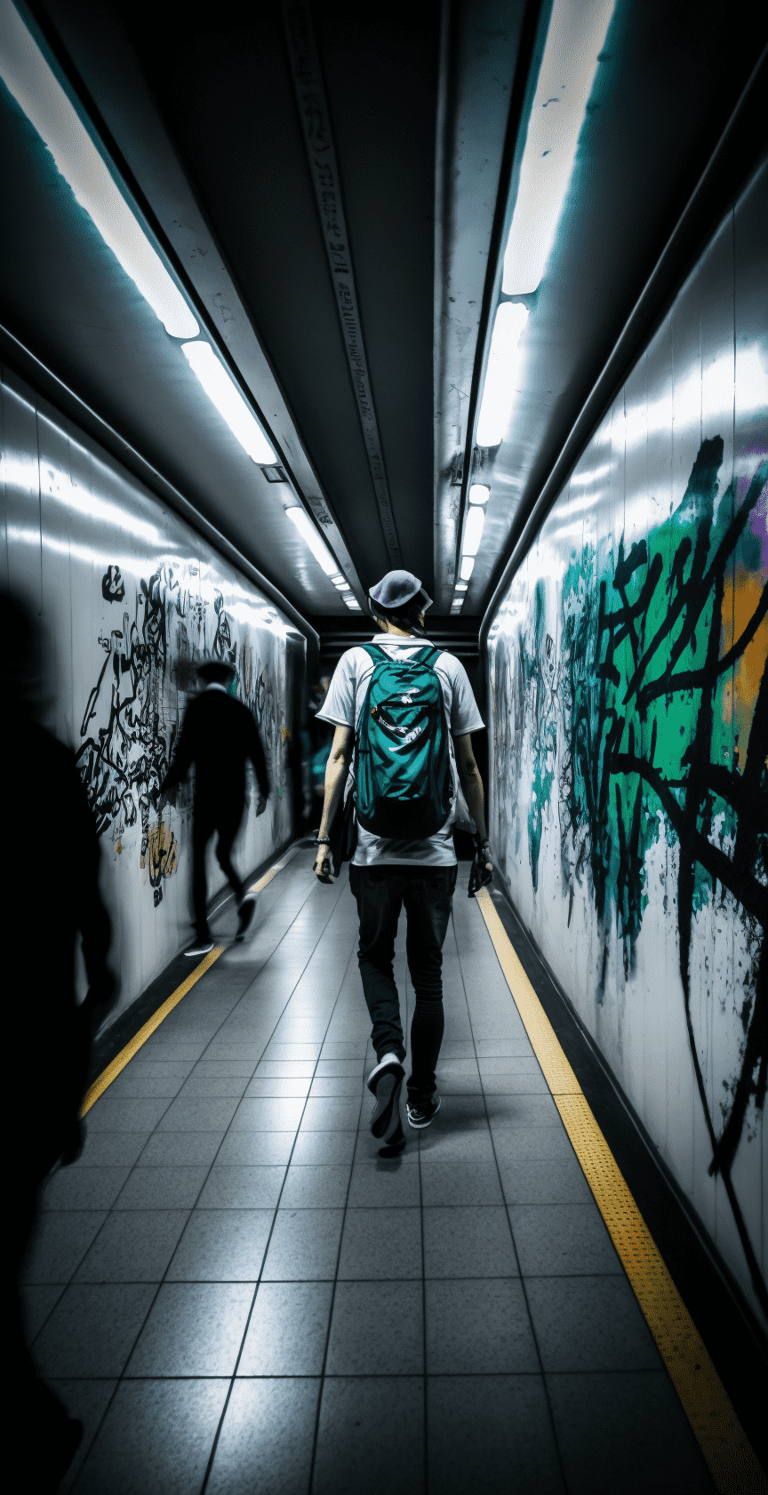Shibuya Punk Aesthetic: Origins, Key Motifs, and More
Discover the origins and key motifs of the Shibuya Punk Aesthetic, a style rooted in anti-authority and anti-capitalism. Learn how this unique aesthetic evolved from the 90s video game Jet Set Radio and continues to influence modern media. Explore the related aesthetics, media, and music that make up the eclectic and groovin' Shibuya Punk scene.
Shibuya Punk is a mind-bending and genre-defying aesthetic that originated in the late 1990s and is based on a unique blend of media, including inline-skating, graffiti, street gangs, and urban exploration. Created by Masayoshi Kikuchi and Ryuta Ueda, the Shibuya Punk aesthetic is all about individualism, anti-authority, anti-capitalism, and freedom of expression.
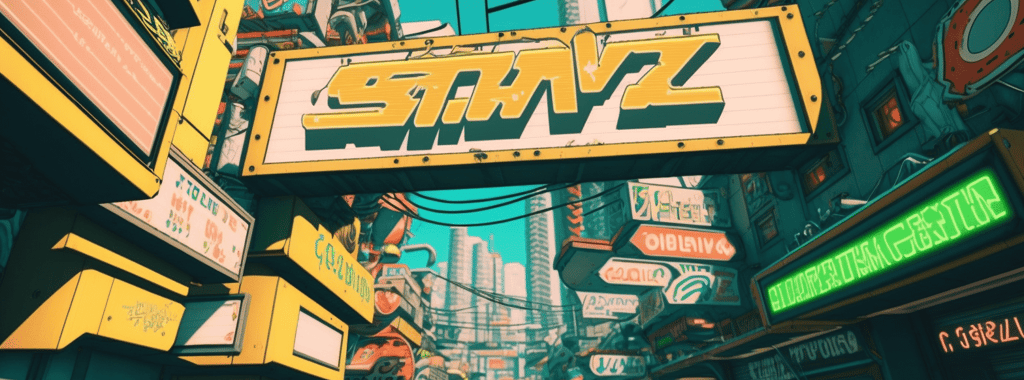

At its core, Shibuya Punk is a rebellion against the established norms and conventions of society. Its key values are expressed through motifs such as graffiti, street gangs, roller-skating, parkour, underground hip-hop/punk music, and the exploration of commercial areas and cities.
The aesthetic draws inspiration from a range of related aesthetics, including City Pop, Urbancore, Y2K, Superflat Pop, and Breakcore. These aesthetics share a fascination with the urban landscape and its subcultures, but Shibuya Punk takes this fascination to the next level, pushing the boundaries of what is possible and acceptable in mainstream culture.
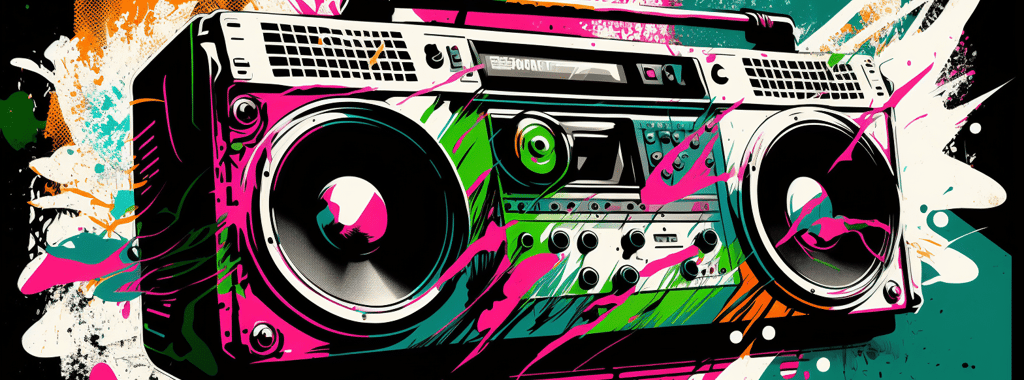

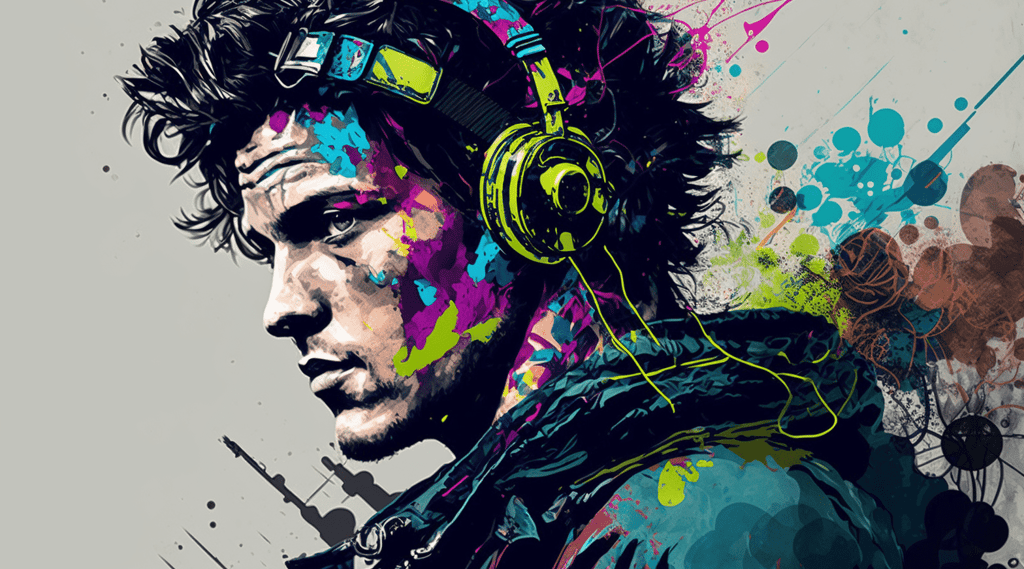

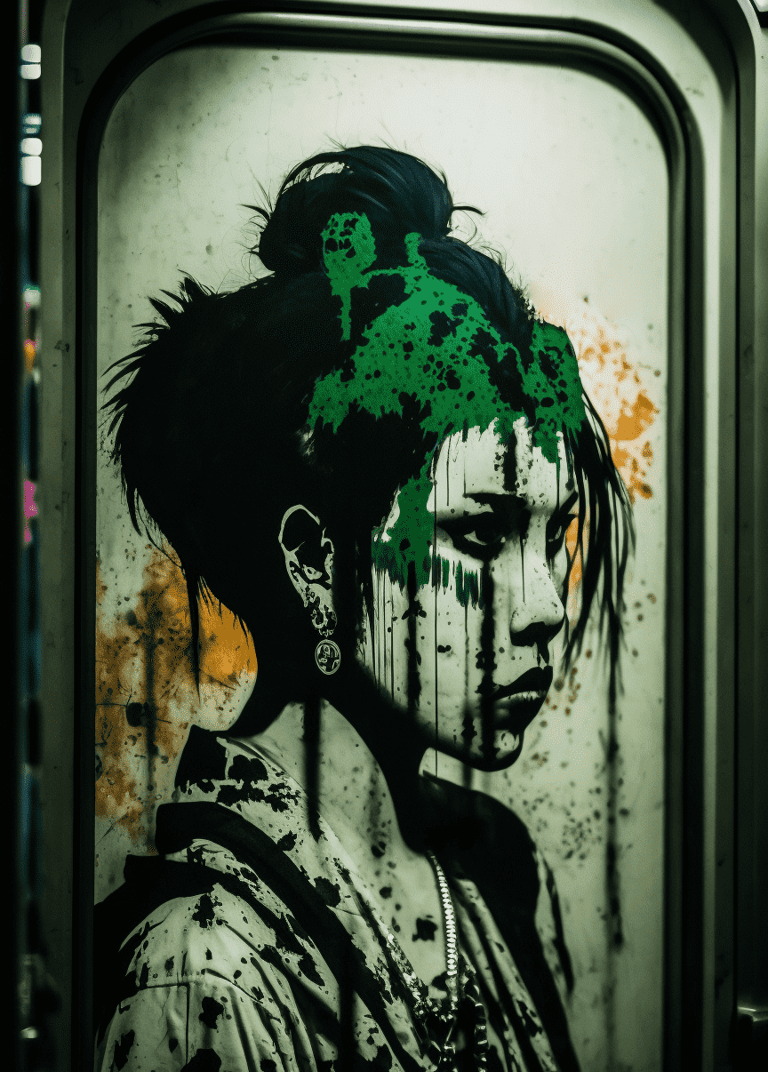

The Shibuya Punk aesthetic has also been explored in other media, including anime, such as Air Gear, and video games, such as The World Ends With You. These works further expand on the unique style and themes that define Shibuya Punk, adding new dimensions and layers of complexity. The music associated with Shibuya Punk is equally eclectic and diverse. While the most notable genre is "Naganuma-kei," a term coined by video game music composer Hideki Naganuma and fans of his music, the aesthetic also encompasses a range of underground and alternative genres. 2 Mello and Porter Robinson are two of the most recently known musicians who fit the Shibuya Punk aesthetic.
Shibuya Punk is a dynamic and fascinating aesthetic that continues to inspire and evolve, pushing the boundaries of what is possible in contemporary culture. Its emphasis on individualism, anti-authority, and freedom of expression makes it a powerful force for change and creativity. Whether through art, music, or other forms of media, Shibuya Punk offers a unique and compelling vision of the world that challenges us to think differently and push beyond the boundaries of the status quo.
One of the key influences on the Shibuya Punk aesthetic was the 2000 Sega Dreamcast game Jet Set Radio. The game follows the exploits of roller-skating and graffiti-tagging gangs in Tokyo-To, with the GG's gang taking center stage. The GG's are based in the Shibuya-Cho neighborhood of Tokyo-To, which is considered the coolest place to hang out. They reject the exclusivity-based memberships of other gangs and instead embrace individualism and freedom of expression.
The game quickly gained a cult following and has been cited as an inspiration for a range of indie titles in recent years, including Lethal League or Blaze, Hover, Bomb Rush Cyberfunk, No Straight Roads, and Butterflies.
